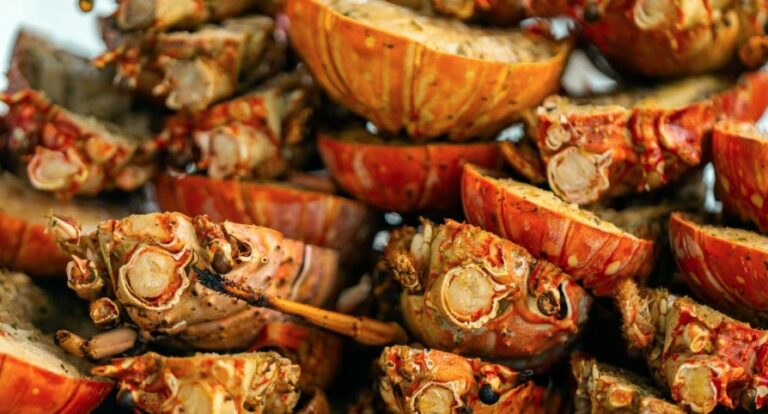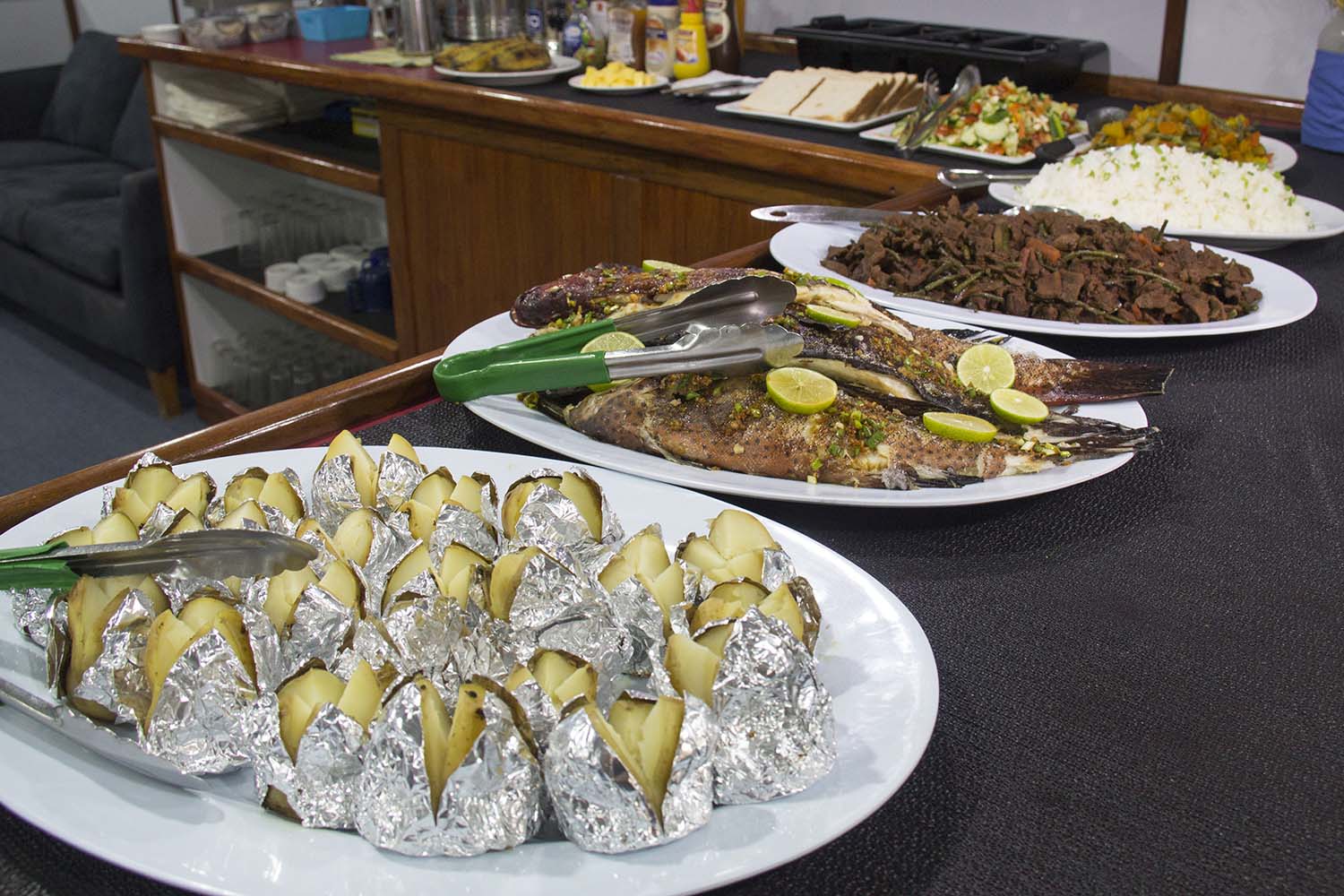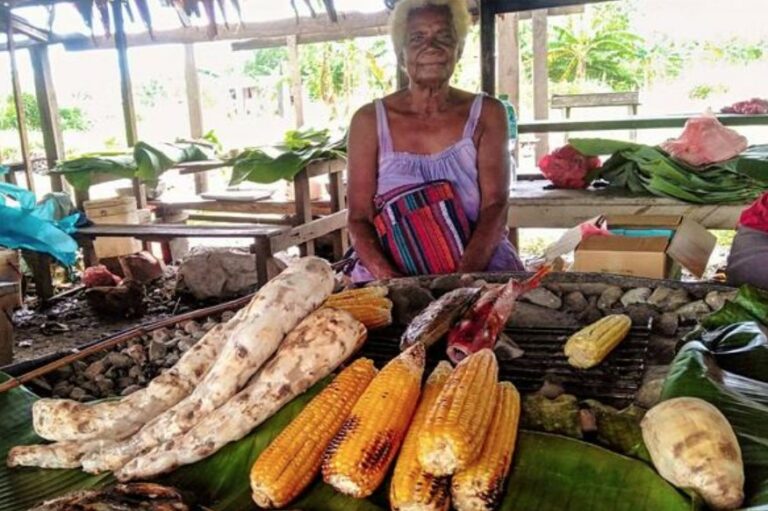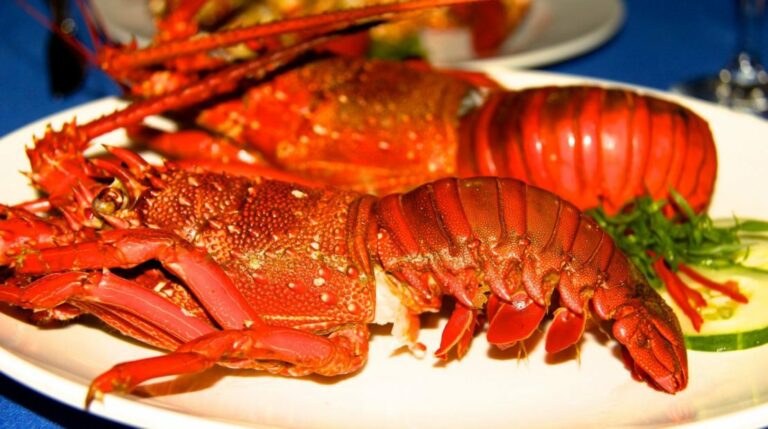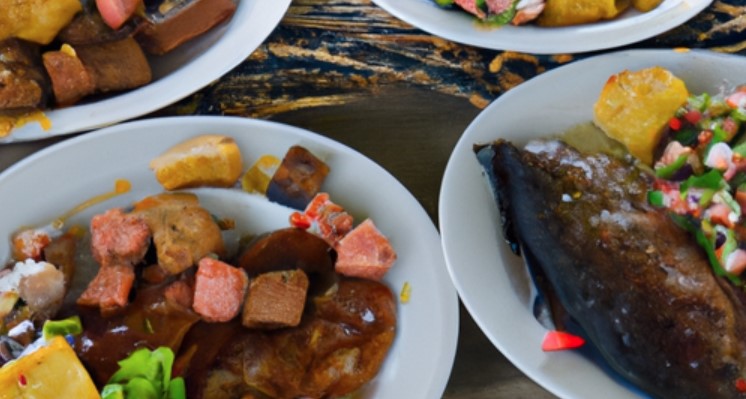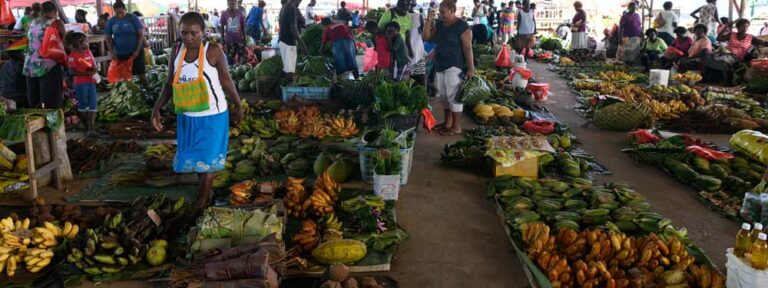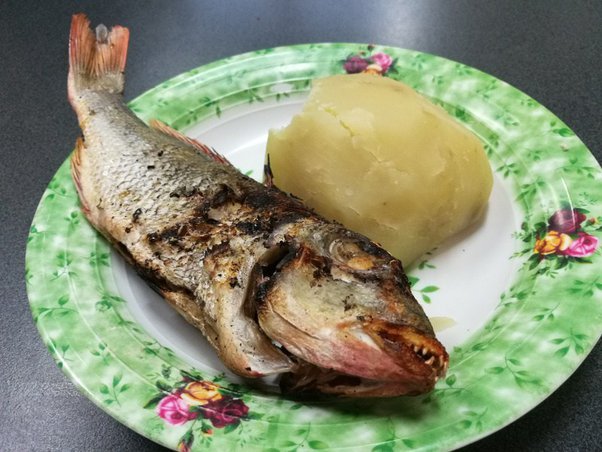Introduction: Traditional Food Preservation in Solomon Islands
The Solomon Islands is an archipelago of almost 1000 islands located in the South Pacific. The islands are rich in biodiversity, and the people of Solomon Islands have a deep-rooted connection to their land and sea. The people of Solomon Islands have a rich culture of traditional food preservation methods that have been passed down from one generation to another over time. These methods of food preservation are still in use today, and they play an essential role in ensuring food security and sustainability.
Sun Drying: The Oldest Method of Preservation
Sun drying is the oldest and simplest method of food preservation. In Solomon Islands, sun drying is commonly used to preserve fish, meat, and fruits. The process involves placing the food item in direct sunlight and allowing it to dry naturally. The sun’s heat and warmth remove the moisture from the food, making it less susceptible to spoilage. Sun drying is an effective method of preservation, but it requires a lot of sunshine and can take several days to complete.
Smoke Drying: A Common Preservation Method
Smoke drying is another common method of food preservation in Solomon Islands. This method is commonly used to preserve fish and meat. The process involves hanging the food item over a fire to create smoke. The smoke helps to dry out the food and adds a smoky flavor to it. Smoke drying is an effective method of preservation as it helps to kill bacteria and parasites that can cause food spoilage.
Salting: A Popular Preservation Method for Fish
Salting is a popular method of preserving fish in Solomon Islands. The process involves coating the fish in salt and then drying it in the sun or smoking it. The salt helps to remove moisture from the fish, making it less susceptible to spoilage. Salt also helps to preserve the fish for an extended period, making it an essential preservation method in the Solomon Islands.
Fermentation: Unique Preservation Method for Vegetables
Fermentation is a unique method of food preservation in Solomon Islands. It is commonly used to preserve vegetables, and the process involves storing vegetables in airtight containers with water and salt. The salt helps to create an environment that is conducive for the growth of beneficial bacteria that help to preserve the vegetables. The process of fermentation also adds a unique flavor to the vegetables, making them a popular delicacy.
Conclusion: A Closer Look at Traditional Preservation Methods
Traditional food preservation methods in Solomon Islands play an essential role in ensuring food security and sustainability. They have been used for generations and are still in use today. These methods of preservation are effective and rely on natural processes, making them environmentally friendly. While modern preservation methods may be available, traditional preservation methods remain popular in the Solomon Islands due to their effectiveness, convenience, and cultural significance.

